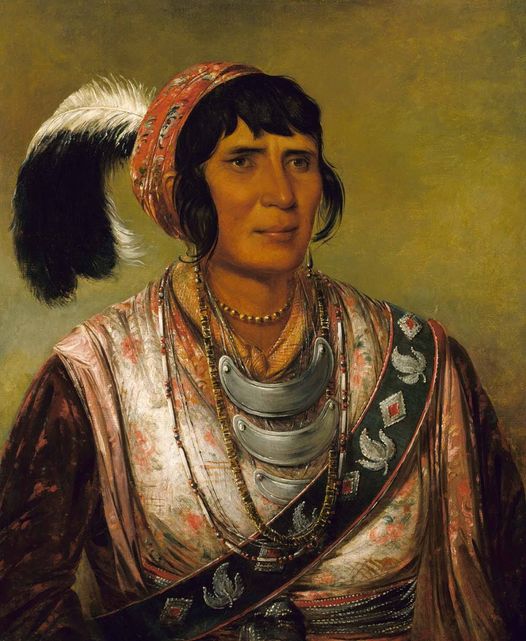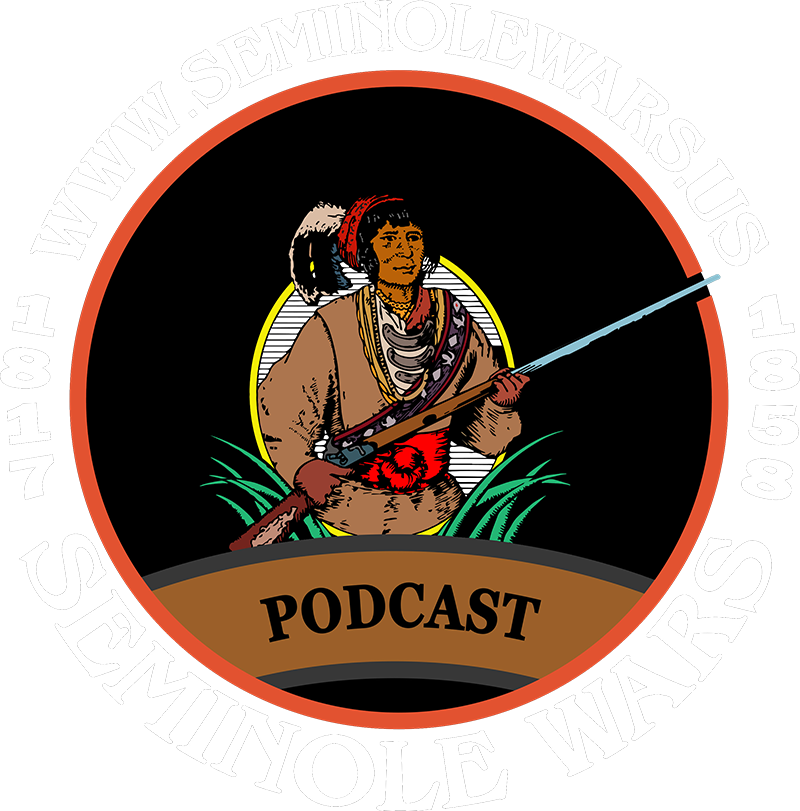
Osceola was born in a Creek town near Tallahassee to a Creek mother, Polly Copinger and an Englishman named William Powell in 1804. In his youth, he was known as Billy Powell. He adopted the name Osceola, which means “black drink crier” at a tribal ceremony somewhere around 1820.
In 1813, the various Creek tribes came to armed conflict, which later expanded to disputes between the white people and the Creeks. This was the reason the Osceola’s tribe moved further south into Northern Florida between the St. Marks and Suwannee Rivers.
This kind of move wasn’t uncommon, as white settlement kept forcing many natives to move southward, fleeing South Carolina, Alabama, and Georgia. Over time, those various groups, which was mostly formed of a mix of Creek and Hitchiti natives, came to be known as “Sim-in-oli,” or “wild” in the Muskogee language. Later, it was Anglicized into “Seminole.”
In the years after the first resistance to relocation, which included the First Seminole War, Osceola became an increasingly outspoken advocate for Seminole rights. When President Andrew Jackson signed the Indian Removal Act of 1830, Osceola saw his desire for Seminole autonomy threatened. Between 1832 and 1838, the removal of the Cherokee, Creek, Choctaw, Chicksaw, and Seminole to lands around Oklahoma was directed by Federal legislation. This became the “Trail of Tears,” which was plagued by food shortages, adverse conditions, and disease.
Osceola was not a chief by birth, but his followers recognized him as one because of his leadership. Not only did he shoot and scalp Wiley Thompson, the Seminole Indian Agent, in 1835, but he gathered fellow Seminoles to fight against the forced removal in the Second Seminole War, and went against both the whites and those natives who were cooperating with them. Osceola even killed a Seminole chief for selling cattle to white people at Fort King in 1836.
While Osceola did attend several parleys with American officials, he was usually not satisfied, nor was he treated well. An example was a treaty meeting near St. Augustine, where despite the flag of truce, he was knocked out, bound, and imprisoned. He tried to escape multiple times, then was brought with other Seminoles to Fort Moultrie, South Carolina in December 1837. During this time, he was regarded as something of a celebrity. A well-known artist, George Catlin, formed a brief friendship with him and painted him.
Osceola didn’t die of violence, however. On January 30, 1838, Osceola died of a severe throat illness and most of him was buried on the grounds. Dr. Frederick Weedon kept Osceola’s head as a scientific curiosity, and rumor has it that he would leave it on bedposts of children he felt needed discipline.


